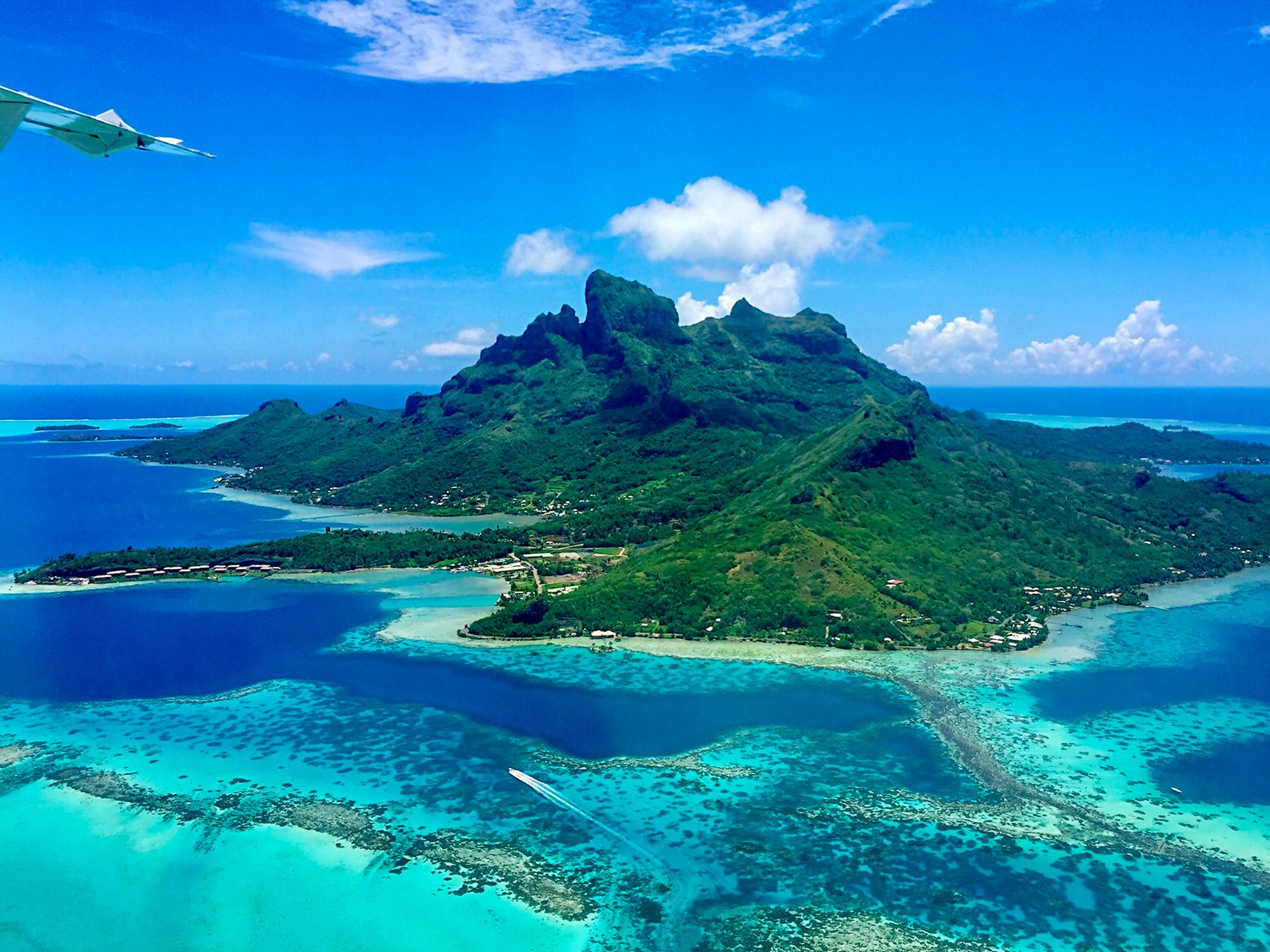Mini Sheet: Biodiversity in Reunion 2 (France 2023)
Biodiversity in Reunion 2 (France 2023)
04 September (France ) within release Collector : Biodiversity in Reunion 2 goes into circulation Mini Sheet Biodiversity in Reunion 2 face value 8*Lettre No Face Value
| Mini Sheet Biodiversity in Reunion 2 in catalogues | |
|---|---|
| Colnect codes: | Col: FR-COL 2023-24 |
Mini Sheet is square format.
Also in the issue Collector : Biodiversity in Reunion 2:
- Mini Sheet - Biodiversity in Reunion 2 face value 8*Lettre;
- Stamp - Biodiversity in Reunion 2. Eruption Piton de la Fournaise face value Lettre;
- Stamp - Biodiversity in Reunion 2. Formation Volcanic Cone face value Lettre;
- Stamp - Biodiversity in Reunion 2. Humback whale and calf face value Lettre;
- Stamp - Biodiversity in Reunion 2. Humpback whale leap face value Lettre;
- Stamp - Biodiversity in Reunion 2. Humpback whale tail fin face value Lettre;
- Stamp - Biodiversity in Reunion 2. Lava Piton de la Fournaise face value Lettre;
- Stamp - Biodiversity in Reunion 2. Sea Turtle face value Lettre;
- Stamp - Biodiversity in Reunion 2. Sea Turtle face value Lettre;
Mini Sheet Biodiversity in Reunion 2 it reflects the thematic directions:
Animals are multicellular, eukaryotic organisms of the kingdom Animalia (also called Metazoa). All animals are motile, meaning they can move spontaneously and independently, at some point in their lives. Their body plan eventually becomes fixed as they develop, although some undergo a process of metamorphosis later on in their lives. All animals are heterotrophs: they must ingest other organisms or their products for sustenance.
A juvenile is an individual organism (especially an animal) that has not yet reached its adult form, sexual maturity or size. Juveniles can look very different from the adult form, particularly in colour, and may not fill the same niche as the adult form. In many organisms the juvenile has a different name from the adult (see List of animal names).
An island or isle is a piece of land, distinct from a continent, completely surrounded by water. There are continental islands, which were formed by being split from a continent by plate tectonics, and oceanic islands, which have never been part of a continent. Oceanic islands can be formed from volcanic activity, grow into atolls from coral reefs, and form from sediment along shorelines, creating barrier islands. River islands can also form from sediment and debris in rivers. Artificial islands are those made by humans, including small rocky outcroppings built out of lagoons and large-scale land reclamation projects used for development.
Reptiles are tetrapod (four-limbed vertebrate) animals in the class Reptilia, comprising today's turtles, crocodilians, snakes, amphisbaenians, lizards, tuatara, and their extinct relatives. The study of these traditional reptile orders, historically combined with that of modern amphibians, is called herpetology. Because some reptiles are more closely related to birds than they are to other reptiles (e.g., crocodiles are more closely related to birds than they are to lizards), the traditional groups of "reptiles" listed above do not together constitute a monophyletic grouping (or clade). For this reason, many modern scientists prefer to consider the birds part of Reptilia as well, thereby making Reptilia a monophyletic class.
Turtles are reptiles of the order Testudines, characterized by a special shell developed mainly from their ribs. Modern turtles are divided into two major groups, the Pleurodira (side necked turtles) and Cryptodira (hidden necked turtles), which differ in the way the head retracts. There are 360 living and recently extinct species of turtles, including land-dwelling tortoises and freshwater terrapins. They are found on most continents, some islands and, in the case of sea turtles, much of the ocean. Like other amniotes (reptiles, birds, and mammals) they breathe air and do not lay eggs underwater, although many species live in or around water.
A volcano is a rupture in the crust of a planetary-mass object, such as Earth, that allows hot lava, volcanic ash, and gases to escape from a magma chamber below the surface. The process that forms volcanoes is called volcanism.






